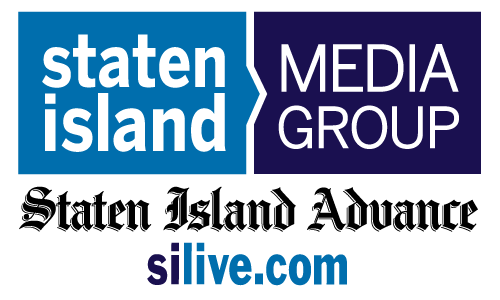A DEFINING MOMENT
September 2019 was a defining moment for real estate marketing on Facebook and Instagram. After settling with several civil rights groups, Facebook implemented massive changes to prevent potential discrimination.[1] These changes affect how advertisers are able to use Facebook’s data and target ads by criteria such as location, age, and gender on the two networks.
Prior to the settlement, advertisers could target ads to specific zip codes. Today, you can target a 15-mile radius around a selected city or pin drop but cannot exclude specific locations. The audience must include all genders and ages 18-65+. Additional targeting options, like income, are also no longer available using Facebook’s data.
Despite these restrictions, it still makes sense to advertise your properties on Facebook and Instagram. Nationally, Facebook accounts for 45% of monthly social media visits, making it one of the top networks in the country.[2] In Staten Island, 109,926 adults ages 18+ are considered engaged Facebook [3] That’s 29% of Staten Island’s adult population.
SO, NOW WHAT?
You can still reach your intended audience on Facebook if you understand the ways to overcome their targeting restrictions while remaining compliant. Consider utilizing both the Facebook data that is available, such as users who “declare” intent to move by their “liked” pages and sites visited, and then layer in additional data sources available outside of Facebook. Leverage first and third-party data sources to create custom targetable audiences that can be imported without worry that your campaign will be rejected by the platform.
First-party data is any data that you own, such as that collected from your website and CRM. Third-party data is aggregated through a variety of websites, apps and platforms. Most often, the collectors have no direct relationship with consumers and so the data is not provided explicitly by the user but based on past behavior such as browsing history. You might consult your marketing partner for guidance on best types of data sources and perhaps request access to their data to assist in your marketing efforts.
Just as essential as targeting the right audience, you must also choose campaign and creative types that align with your business model and resonate with your audience. First, decide between running either a Facebook lead generation campaign or a traffic campaign.
Traffic ads drive a prospect to your website to convert, storing data collected on your website platform or CRM. It is important to place a Facebook pixel on your website so that the ad platform can help optimize your campaign. Facebook lead generation ads capture information directly through the ad itself. Data collected from lead gen ads is stored within the ad platform, unless you have the technology to push it directly to your salesperson or CRM. Because the interaction with the ad happens directly on the network, no Facebook pixel is needed. Facebook has the information on its users that can be used to optimize your campaign.
The key to success for either type of campaign is speedy follow-up. You will want to respond to all leads as quickly as possible from the time the inquiry is submitted. It is recommended to experiment with both types of campaigns and optimize towards the most effective for your goals.
In either type of campaign, you should implement a variety of ad types to appeal to different members of your audience.
Collection ads feature a primary video or image which will pop open up to show four additional images if a user engages with the ad. Dynamic ads allow the platform to dictate which description text, call to action buttons and images are served to users based on their interests and behaviors. Carousel ads enable you to showcase your properties with up to 10 different images or videos, allowing users to tour your spaces virtually. Video ads deliver an auto-play attention-grabbing message that allows you to track engagement with the video. Static image ads offer one image of your property and a description with a call to action button.
No matter the campaign or creative types you implement, advertising on Facebook can be valuable in moving your properties. Learning the ways to navigate these obstacles will allow you to communicate with your customers and prospects on large platforms such as Facebook.
[1] https://nationalfairhousing.org/facebook-settlement/
[2] https://www.statista.com/statistics/346167/facebook-global-dau/
[3] Nielsen Scarborough New York, NY, Release 1 ( 2020 & 2019).


